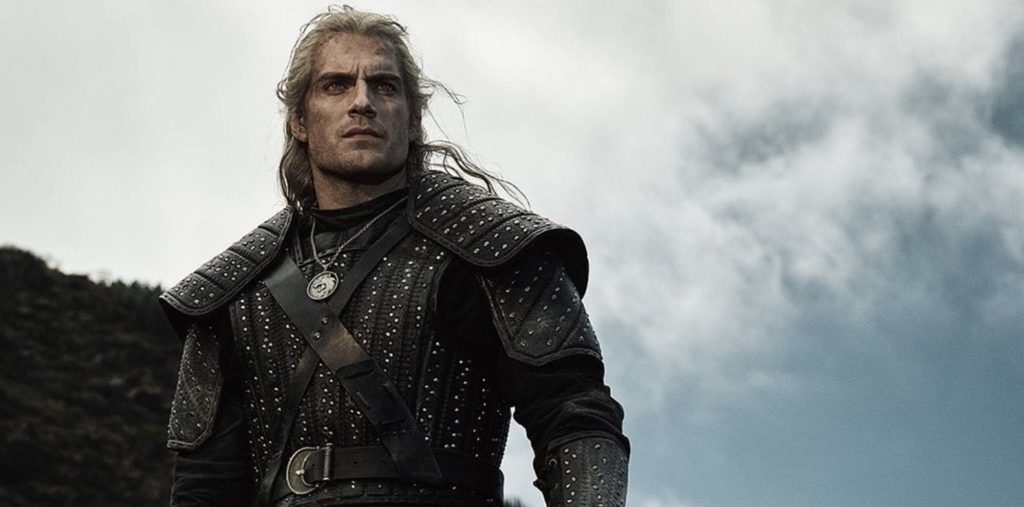
So, it’s pretty much unanimous: we’re all obsessed with The Witcher, Netflix’s adaption of Polish author Andrzej Sapkowski’s series of the same name.
The Witcher became one of Netflix’s most-watched shows of 2019 – despite being released just 11 days before the end of the year – which also lead to the sale of 60,000+ copies of the books in the week after the show’s release. And there are two kinds of people that watched The Witcher: those who already know the lyrics to Toss a Coin to Your Witcher, and those who are lying. So, I’m going to assume you’ve at least either watched the show or read the books (or even played the games). If not, a) sort your priorities out, and b) spoilers ahead!
One of my favourite things about book-to-screen adaptions is seeing how changing the medium used to tell the story changes the story itself. That’s why I usually read the book either just before or just after watching the show/film. Having done both the watching and the reading now, I’ve put together my hot take on some similarities and differences between the book and the Netflix series.
Disclaimer: I’ve only read the first set of short stories, The Last Wish, which is what most of the first season of The Witcher is based on. For clarity’s sake, I will refer to the book as The Last Wish, and the Netflix adaption as The Witcher. Okay, let’s do it!
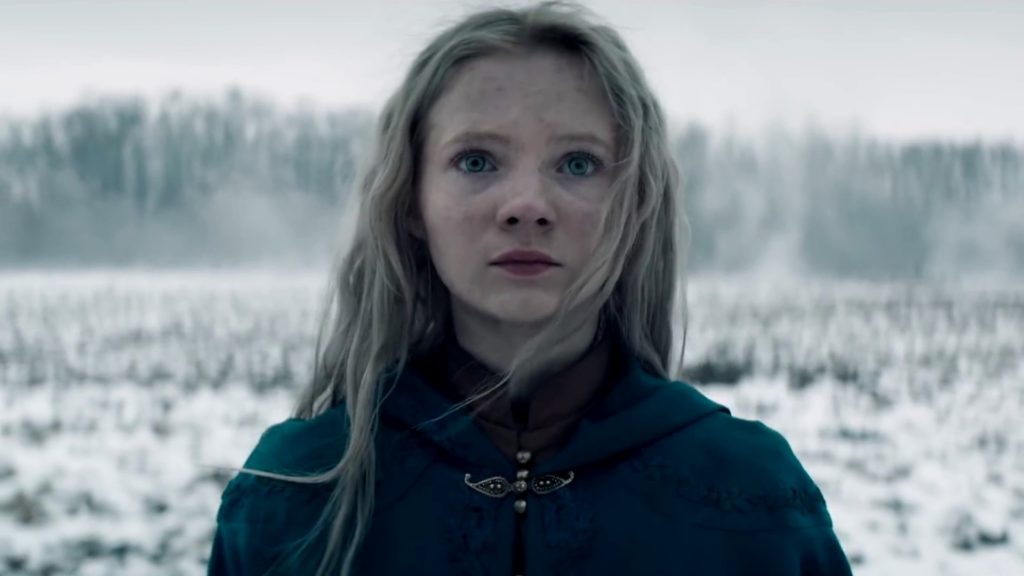 Biggest difference: Ciri is not in the novel
Biggest difference: Ciri is not in the novel
The most noticeable difference between The Last Wish and The Witcher is that Ciri doesn’t appear in the book. Well, I guess technically she does, but it’s a tiny cameo that I’ll touch on later.
Ostensibly, the decision was made by the Netflix writers to span the first season over two different timelines, drawing from storylines further along in the book series. A good decision I think, giving viewers a broader scope of the plot surrounding Ciri, and also delving into the backstory of Geralt and Yennefer. Speaking of Yennefer…
Yennefer is the real MVP
While the essential character of Yennefer isn’t altered too much between book and screen, the most obvious difference is that we don’t get Yennefer’s backstory in the book. We meet Yennefer in The Last Wish when Geralt meets her, in the final and titular story in the book. Yennefer’s backstory is only ever alluded to in the novels, and never explored. In the Netflix series, however, we get an in-depth look at Yennefer’s history, and all of the choices and circumstances that led her to become the absolute badass she is when she meets Geralt in episode five, Bottled Appetites.
Particularly of note is how Yennefer acquires her transformation of appearance. At the beginning of The Witcher, Yennefer has kyphosis, a condition that has hugely affected her life. As Yennefer goes through training to become a sorceress, we learn she must surrender her reproductive organs as a final sacrifice – only then will she come into her full power. As I mentioned, I’ve only read The Last Wish, but from what I gather, this sacrifice is not a requirement in the novels. In the books, sorcerers are infertile, but not through the aforementioned means – which might leave long-time readers wondering why such a harrowing, and maybe a little gratuitous, scene was included in the show.
From my point of view, it illustrates a very key component of Yennefer’s personality – she’s willing to sacrifice, to transform, to suffer, if it means acquiring more power. By seeing Yennefer’s humble beginnings and her hardships experienced in becoming a sorceress, we come to understand Yennefer’s desire for power; that she knows what it is to be powerless. She wants power not to rule others, but so that others cannot rule her.
Yennefer’s ambition, while only briefly touched on in the book, is never treated as a personality flaw in the Netflix show – which is very refreshing. Too often we see powerful and/or ambitious women represented in popular culture as either a one-dimensional villain or a cautionary tale; either way, we’re told women who want power are not to be trusted. It’s a rare thing that we see a powerful woman represented as a whole person, whose ambition is merely an aspect of her personality, as Yen is in The Witcher. And when we do see it (and I may be a biased little nerd here), it’s generally in the fantasy genre.
Anyway, I could fangirl all day about how complex and interesting Yen is and how much I love her, but it’s time to talk about another kick-ass lady.
Calanthe, the Queen who would be King
Ah, Queen Calanthe. Another excellent example of a woman being represented as a complex, multi-faceted human being. Two in the same story! Can you imagine?!
In The Last Wish, we meet Calanthe in the short story A Question of Price, whose counterpart in The Witcher is episode four, Of Banquets, Bastards, and Burials. However, in the Netflix series, we both meet Calanthe and discover her fate in the very first episode, The End’s Beginning. I won’t go into too much detail here, as this episode is also the beginning of Ciri’s journey, as a gravely injured Calanthe commands her granddaughter to “find Geralt of Rivia”. Ciri’s story doesn’t kick off until later novels (that I’m yet to read), so instead, I’ll focus on the parts of episode four that compare with A Question of Price.
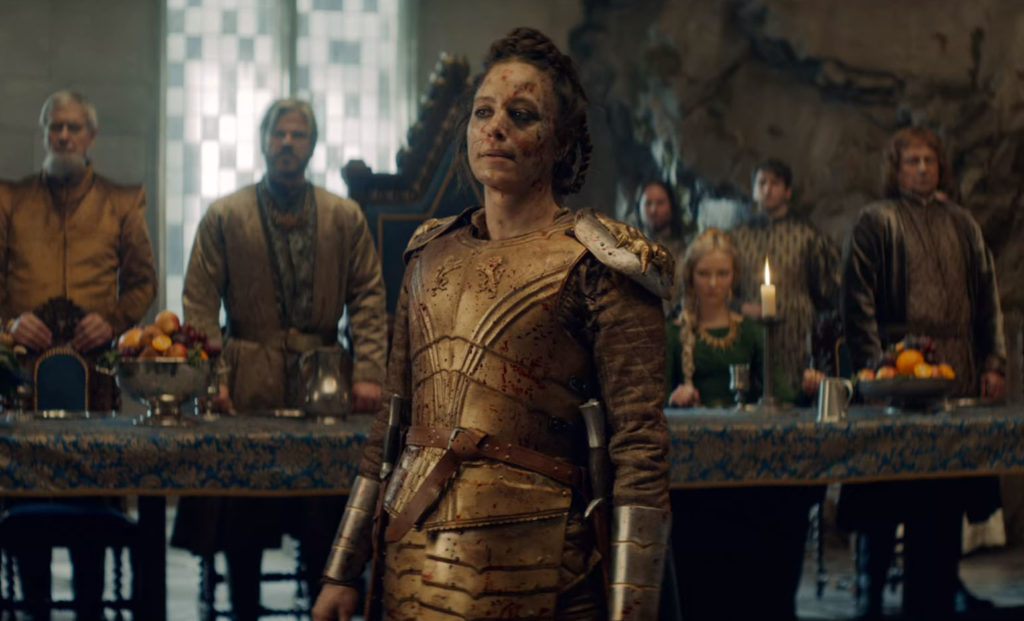 This episode is a pretty bang-on adaption of the story, with a few key differences – the first being that Jaskier (or Dandelion, more on that later) is not present at the banquet in the book. The inclusion of Jaskier in almost any scene is never a bad idea – he’s hilarious and the perfect comedic counterpoint to Geralt’s stoic seriousness, so I’m not mad about it. The other noticeable difference is Calanthe herself.
This episode is a pretty bang-on adaption of the story, with a few key differences – the first being that Jaskier (or Dandelion, more on that later) is not present at the banquet in the book. The inclusion of Jaskier in almost any scene is never a bad idea – he’s hilarious and the perfect comedic counterpoint to Geralt’s stoic seriousness, so I’m not mad about it. The other noticeable difference is Calanthe herself.
The Witcher didn’t change Calanthe so much as… enhanced her. The plot of the episode and the short story are very similar: Calanthe invites Geralt to the banquet with the express intent of having him murder the cursed knight Duny, who has come to claim her daughter Pavetta’s hand. She’s also pretty annoyed to discover that her daughter and Duny have actually fallen in love, putting a dent in her plan to marry Pavetta off in a strategic alliance with a neighbouring kingdom.
In both the novel and the show, Calanthe is smart, stubborn, authoritative and strong. She has absolutely no interest in remarrying after King Roegner passes, a fact she states repeatedly – Queen Calanthe has no time for your patriarchal notions of power and leadership, thank you very much. But where Calanthe differs between page and screen comes down to two traits – ruthlessness and swagger.
TV!Calanthe not only asks Geralt to kill Duny (and is pretty annoyed when he refuses), she also has her guards attack him, jumps into the fray when things start to go sideways and belts a few dudes around herself. Then, when it appears she can’t win by force, she sidles up to Duny under the pretense of acceptance and then tries to knife him. It’s only a well-timed magical wail from Pavetta and subsequent indoor tornado that stops TV!Calanthe from spilling Duny’s innards all over her banquet hall floor. To her credit, she does finally accept that Duny and Pavetta are destined – and happily, not long after, Duny’s curse is lifted.
The other trait I mentioned Calanthe having on-screen is swagger. She struts into the banquet hall fresh from a skirmish, blood on her armour, sword in hand. She swigs a drink, addresses her men brashly and loudly, eliciting cheers and laughter. Her confidence exudes with every step she takes, every brow she raises, every word she drawls. There’s a power to her that’s just not quite present in the novel. My first thought about Calanthe when watching the episode was that she behaved more like we’re used to seeing a King behave. It seemed in Roegner’s absence she’d stepped into his role, which was really interesting to watch.
The Law of Surprise
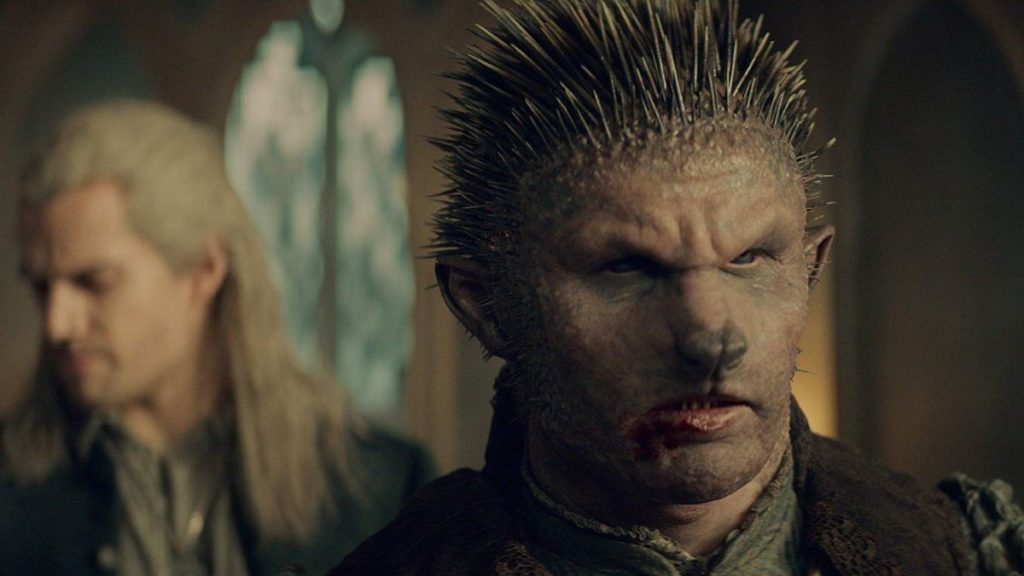 Calanthe’s banquet is also where we first learn of Geralt’s connection to Ciri, both in The Last Wish and in Of Banquets, Bastards and Burials. In both story and episode, we learn that Duny’s claim to Princess Pavetta is not only one of love; it’s also his entitlement. At some point in the past, Duny saved the life of King Roegner, and in return demanded what is known as “The Law of Surprise”. The Law of Surprise was one of my favourite things about The Witcher‘s first season, so bear with me as I do my best to explain a somewhat complicated notion.
Calanthe’s banquet is also where we first learn of Geralt’s connection to Ciri, both in The Last Wish and in Of Banquets, Bastards and Burials. In both story and episode, we learn that Duny’s claim to Princess Pavetta is not only one of love; it’s also his entitlement. At some point in the past, Duny saved the life of King Roegner, and in return demanded what is known as “The Law of Surprise”. The Law of Surprise was one of my favourite things about The Witcher‘s first season, so bear with me as I do my best to explain a somewhat complicated notion.
Put as succinctly as possible, the Law of Surprise states that a great deed (such as saving someone’s life) should be repaid with something equally as great and unexpected. So, when Duny saved the King’s life, as repayment he invoked the Law of Surprise – something for King Roegner already had, but did not know of. As Duny puts it so eloquently in the episode, “whatever windfall he came home to find would be mine”. When Roegner returned home from this adventure he found Calanthe pregnant – and thus the ‘windfall’ was Pavetta. We also learn that Duny and Pavetta met by chance years later and fell in love, which makes the whole thing slightly less creepy.
At the end of the story/episode, Duny asks to repay Geralt for saving his life. Geralt isn’t interested in repayment and at this point just wants to get out of there. When pressed by Duny, he tries to avoid it by invoking the Law of Surprise – ‘that which you already have, but do not know of’ – and Pavetta promptly vomits, revealing to everyone present that she’s pregnant… guess who the child will turn out to be?! BAM! Geralt and Ciri are linked by destiny, and the audience of the show understands why Calanthe told Ciri to find Geralt in episode one.
Jaskier… or is it Dandelion?
Background: The Last Wish and the rest of the Witcher series are written by Polish author Andrzej Sapkowski, and as such were translated into English when published in the US, UK and beyond.
Jaskier appears in The Last Wish a number of times, but I actually didn’t realise at first. In a couple of the stories, Geralt is accompanied by his friend, the troubadour Dandelion. Having read and watched a lot of fantasy over the years, I assumed that Dandelion was another character in the Witcher universe, and Jaskier must appear later in the novels. Often, for the sake of simplicity, television adaptions of fantasy series combine two or more characters into one. But after a little research (thanks, Google), I found out that this isn’t the case at all.
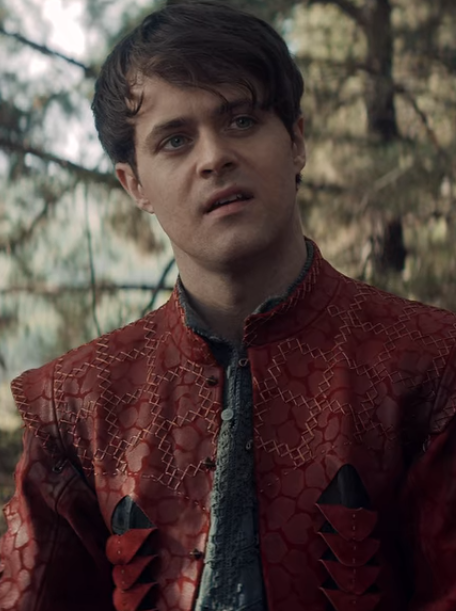 You see, it turns out that the English translation of ‘Jaskier’ is ‘Buttercup’ (stay with me). The author and translators felt that the word ‘buttercup’ didn’t really reflect the character of Jaskier, and invoked more of a sweet-little-girl vibe than that of a worldly troubadour. So they decided just to substitute ‘buttercup’ for any old yellow flower – and thus Jaskier became Dandelion. Now I for one am glad The Witcher creators went with the original name of Jaskier. I know us native English speakers tend to butcher even the simplest of words in another language, but come on, Jaskier is not that hard to say.
You see, it turns out that the English translation of ‘Jaskier’ is ‘Buttercup’ (stay with me). The author and translators felt that the word ‘buttercup’ didn’t really reflect the character of Jaskier, and invoked more of a sweet-little-girl vibe than that of a worldly troubadour. So they decided just to substitute ‘buttercup’ for any old yellow flower – and thus Jaskier became Dandelion. Now I for one am glad The Witcher creators went with the original name of Jaskier. I know us native English speakers tend to butcher even the simplest of words in another language, but come on, Jaskier is not that hard to say.
As for the transition from page to screen, the creators of The Witcher do a pretty faithful job with Jaskier. I will say that he appears much more in the TV show than in the book, which is not a bad thing at all.
The first season of The Witcher does a pretty decent job of staying true to the source material, but manages to balance that with some fresh and exciting scenes/stories not present in the novels. It’s a great new fantasy series, particularly for anyone looking to fill the Game of Thrones-shaped hole in their lives. TBH, I’m glad I put off reading the novels until after I’d watched the show – now I’ll have something tide me over until season two in 2021… hopefully, I’ll have Toss a Coin to Your Witcher out of my head by then.
Check out all The Witcher titles via QBD online and in-store.









